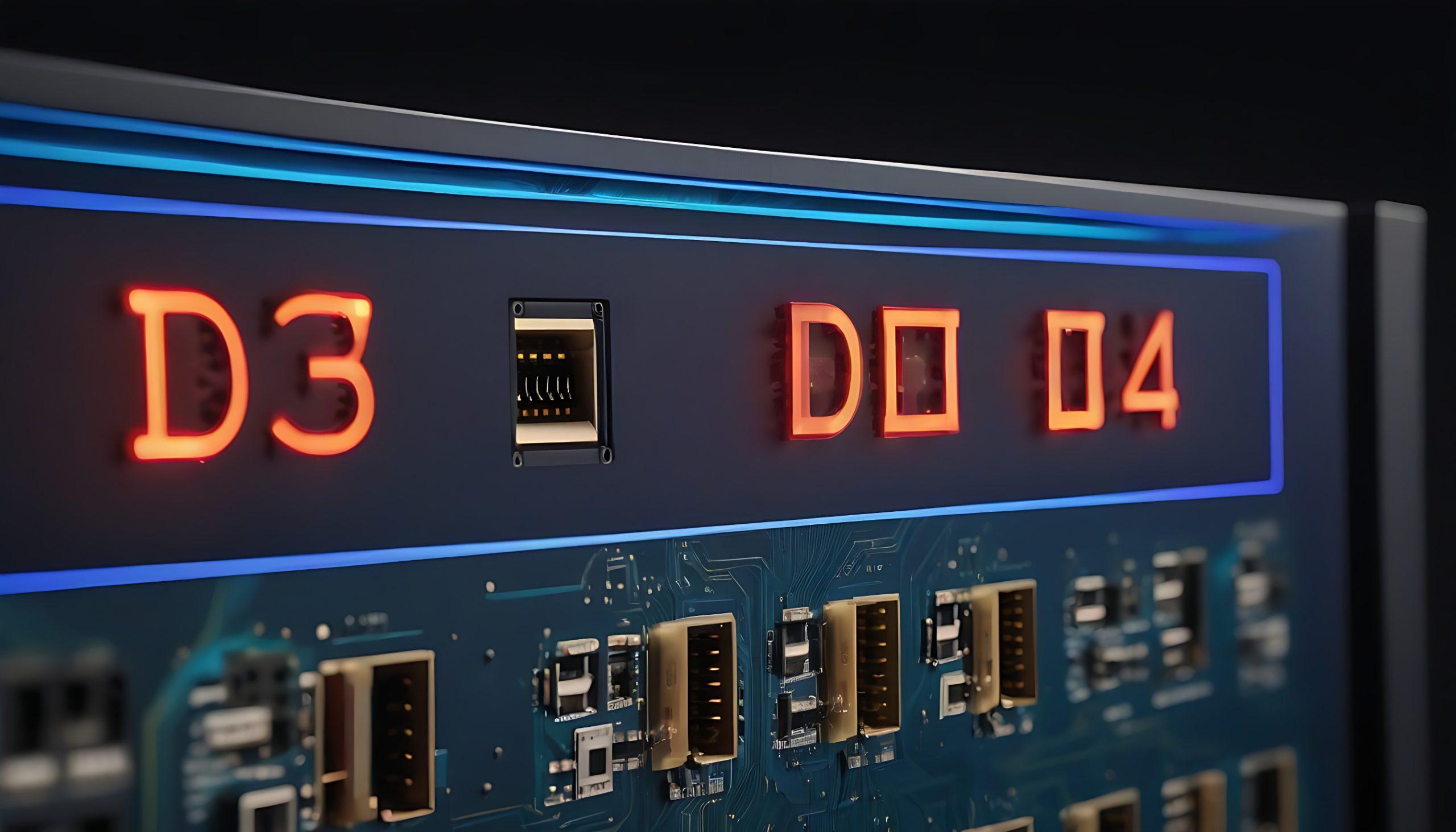LED indoor screen are becoming increasingly popular for both personal and professional use. Whether you want to display photos and videos at a party or use it for advertising in a retail store, connecting your devices to an indoor LED screen can seem like a daunting task. But fear not, in this article we will guide you through the process of connecting your devices to an indoor LED screen.
What is an Indoor LED Screen?
Before we dive into the steps of connecting your devices, let’s first understand what an indoor LED screen is. An indoor LED screen is a display screen made up of light-emitting diodes (LEDs) that emit light when an electric current passes through them. These screens are commonly used for advertising, entertainment, and information display purposes.
Types of Indoor LED Screens
There are two main types of indoor LED screens: direct-view LED screens and LED-backlit LCD screens. Direct-view LED screens are made up of individual LED modules that are assembled together to create a larger screen. LED-backlit LCD screens, on the other hand, use LEDs to backlight a liquid crystal display (LCD) panel.
Direct-view LED screens are typically used for large-scale displays, while LED-backlit LCD screens are more commonly used for smaller screens such as TVs and computer monitors.
Connecting Your Devices to an Indoor LED Screen
Now that we have a basic understanding of what an indoor LED screen is, let’s get into the steps of connecting your devices to one.
Step 1: Check the Inputs on Your Indoor LED Screen

The first step is to check the inputs on your LED screen indoors. Most indoor LED screens will have a variety of inputs such as HDMI, VGA, and USB. Make sure to take note of the inputs available on your screen as this will determine which devices you can connect.
Step 2: Prepare Your Devices
Before connecting your devices, make sure they are prepared for the connection. This may involve downloading any necessary software or ensuring that your device has the correct output settings.
Step 3: Connect Your Device to the Indoor LED Screen
Once your devices are prepared, it’s time to connect them to the indoor LED screen. Depending on the inputs available on your screen, you may need to use different cables or adapters. For example, if your device has an HDMI output and your screen has a VGA input, you will need an HDMI to VGA adapter.
Step 4: Adjust the Display Settings
After connecting your device to the LED screen inside, you may need to adjust the display settings to ensure that the content is being displayed correctly. This may involve changing the resolution or aspect ratio of the screen.
Step 5: Test the Connection
Once you have adjusted the display settings, it’s important to test the connection to ensure that everything is working properly. Play a video or display a photo on your device to see if it appears on the indoor LED screen.
Step 6: Troubleshooting
If you encounter any issues during the connection process, there are a few troubleshooting steps you can try. First, make sure that all cables and adapters are securely connected. If the issue persists, try using a different cable or adapter. If none of these solutions work, consult the user manual for your LED indoor screen or contact the manufacturer for further assistance.
Tips for Connecting Devices to an Indoor LED Screen
- Make sure to use high-quality cables and adapters to ensure a stable connection.
- If your device has multiple output options, try using different outputs to see which one works best with your indoor LED display.
- If you plan on using your indoor LED screen for presentations or meetings, consider investing in a wireless display adapter for a more seamless connection.
- Keep your LED indoor screen and devices updated with the latest software to avoid any compatibility issues.
Conclusion
Connecting your devices to an indoor LED display may seem intimidating, but with the right steps and tips, it can be a simple and straightforward process. By checking the inputs on your screen, preparing your devices, and adjusting the display settings, you can easily connect your devices to an indoor LED screen for all your display needs.

